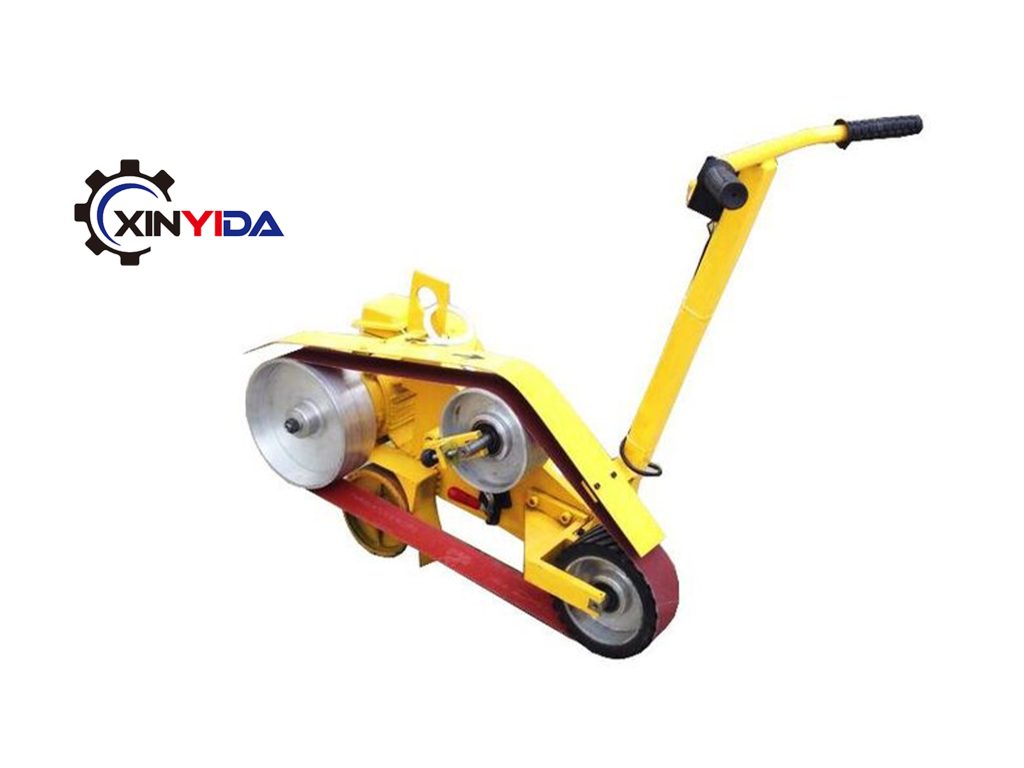A handheld belt sander is a versatile power tool that can be used for various tasks. Here are some common uses and applications of a handheld belt sander:
Smoothing and Sanding Surfaces: One of the primary purposes of a handheld belt sander is to smooth and sand various surfaces. It can quickly remove rough or uneven material, such as paint, varnish, or wood fibers, to create a smooth and even surface. It is commonly used for refinishing furniture, cabinets, or wooden floors.
Shaping and Contouring: The aggressive nature of a belt sander makes it suitable for shaping and contouring tasks. It can be used to shape wood, plastic, or metal surfaces, allowing you to create curves, bevels, or chamfers with ease. This makes it useful for tasks like rounding edges or creating custom shapes.
Removing Material: A handheld belt sander can efficiently remove a significant amount of material in a short time. It is often used for tasks such as leveling uneven surfaces, removing excess material, or thinning down stock.
Deburring and Smoothing Metal: Belt sanders equipped with appropriate belts can be used for deburring and smoothing metal surfaces. They can remove sharp edges, burrs, or weld splatter, providing a smooth and finished look.
Sharpening Tools: Some handheld belt sanders can be used for sharpening tools like chisels, knives, or garden tools. By using specialized belts or attachments, you can create a sharp edge on these tools.
Fine Finishing: With the right grit belts, a handheld belt sander can also be used for fine finishing. It can help achieve a smooth surface before applying a final finish or paint.
It’s important to note that a handheld belt sander can be a powerful tool, and proper safety precautions should be taken when using it. Always wear appropriate safety gear, such as goggles and a dust mask, and follow the manufacturer’s instructions and safety guidelines.

